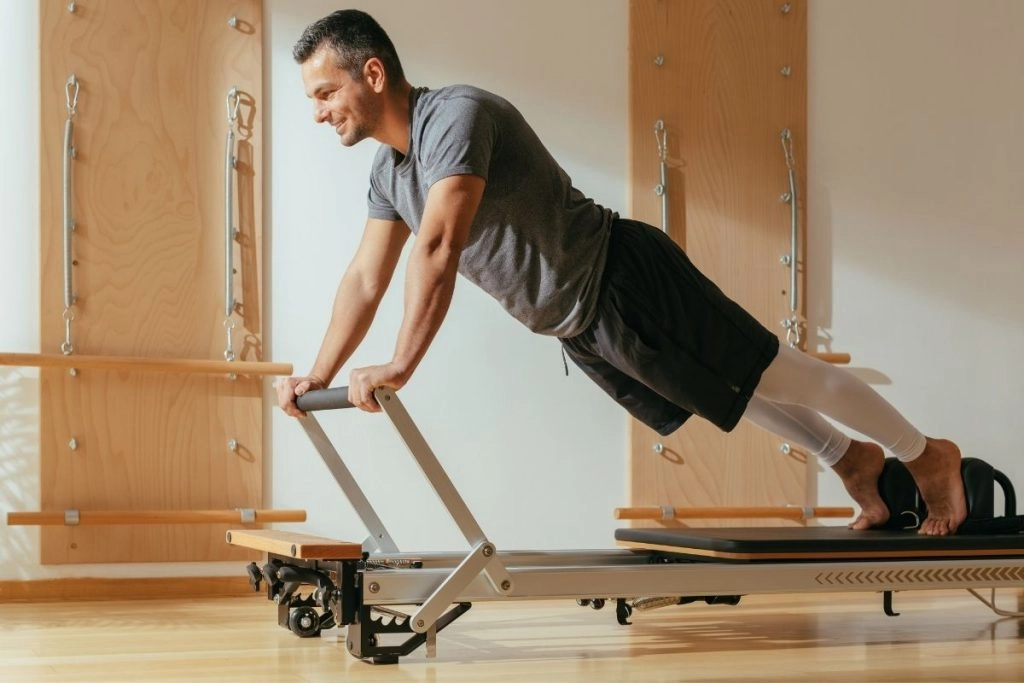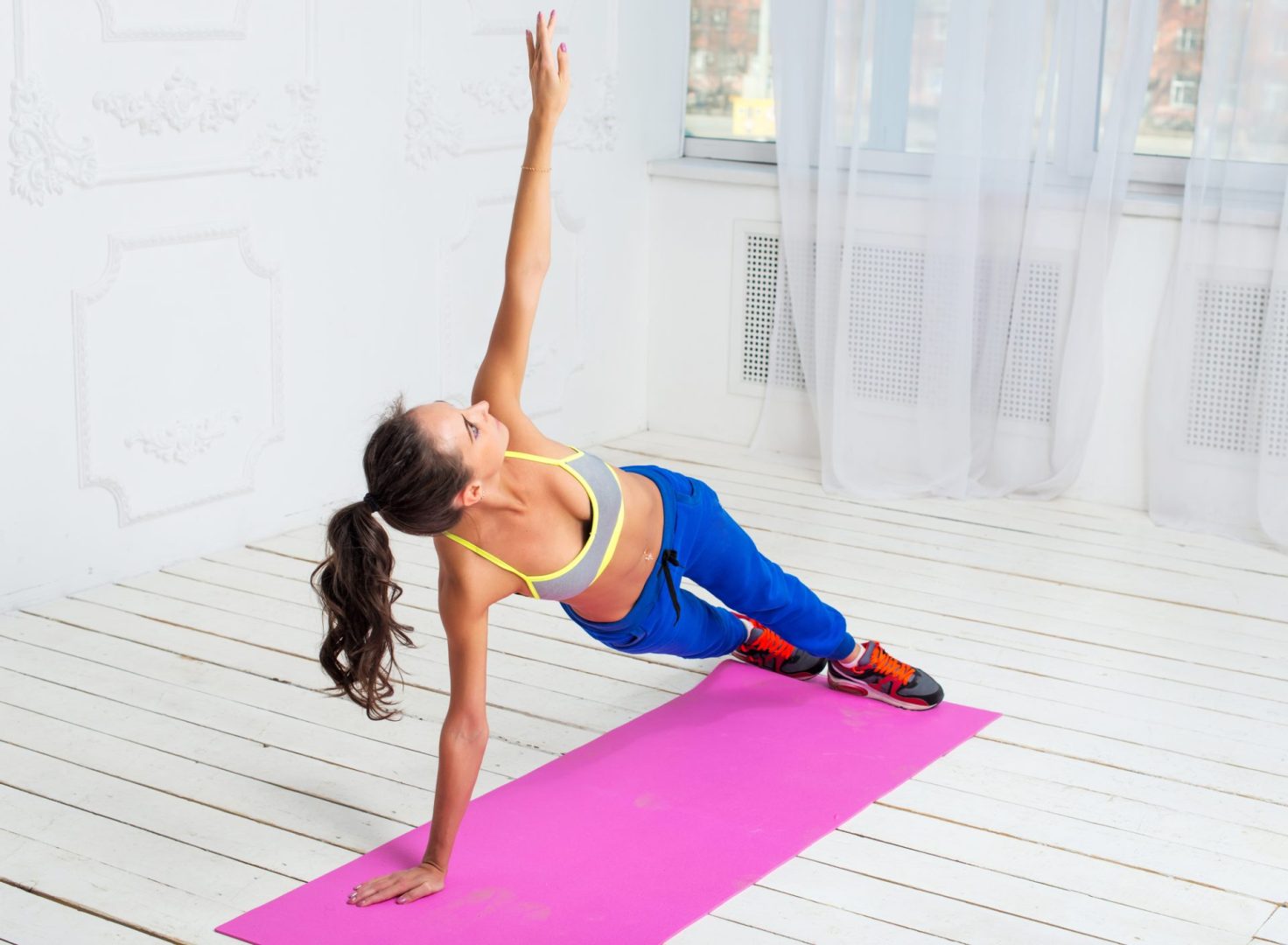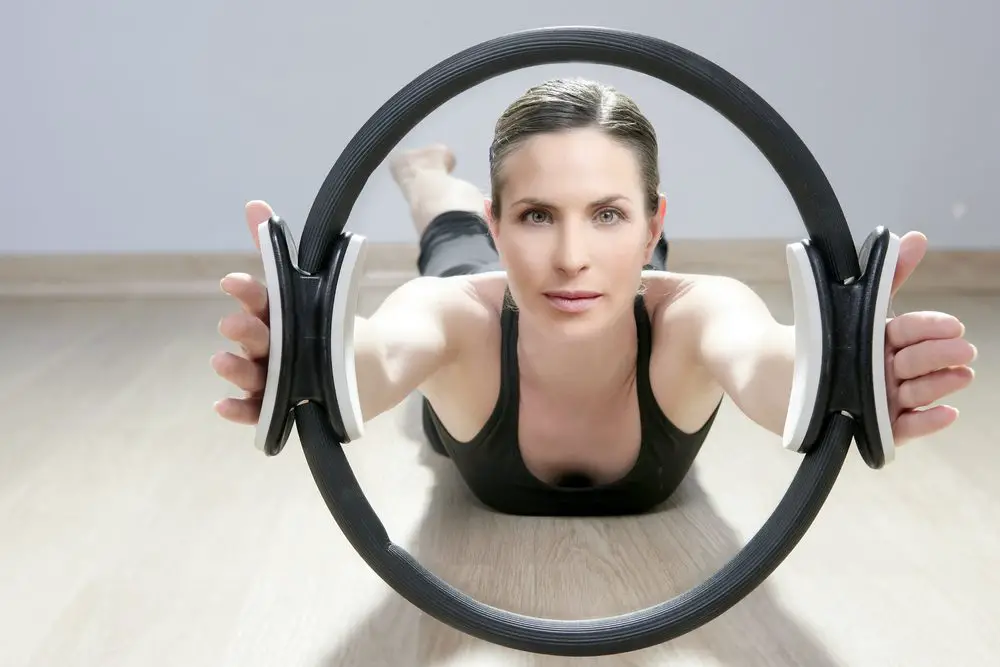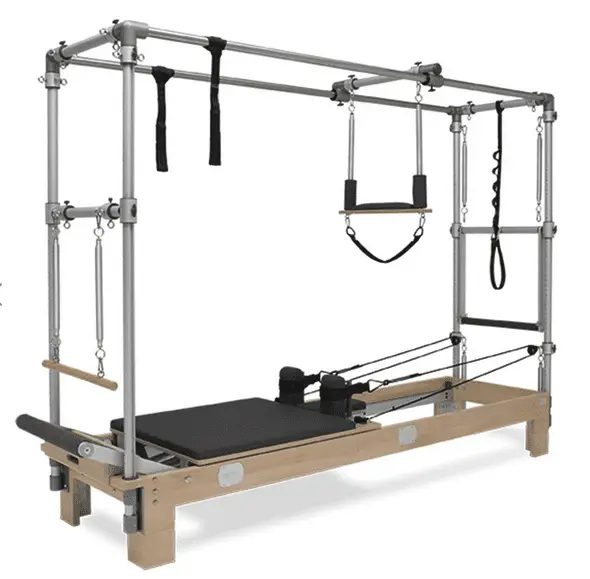How Many Calories Does Pilates Burn?
Pilates is a fantastic workout that not only increases muscle strength, but also improves flexibility and posture.
As you don’t need any equipment, you can perform Pilates movements anywhere. This makes it ideal for beginners and those that can’t get to a gym to train.
Pilates is a form of resistance training, so it won’t burn as much energy as cardio. People mainly do Pilates to get stronger, not to lose weight.
Nevertheless, many people still wonder how many calories Pilates burns, particularly those who are concerned with losing weight.
It can be hard to measure how many calories you’ll burn doing Pilates without the help of laboratory equipment.
However, we can look at the elements that affect how much energy Pilates movements burn, estimating the calories burned in the process.
We’ll cover how many calories Pilates burns in this article, including the methods of estimating this value, and the Pilates movements that burn the most calories.
Calories Burned During Pilates
Your body will need a particular number of calories to function properly and keep alive.
This is known as BMR, which is the basal metabolic rate. This will be affected by your sex, age, weight, and muscle-to-fat ratio.
All forms of exercise, as well as Pilates, will increase the number of calories that you burn.
People that weigh more will burn more calories than those who weigh less.
For instance, a 130-pound person performing beginner-level Pilates movements can burn, on average, 186 calories per hour.
An individual that weighs more, say 180 pounds, can burn an average of 257 calories per hour.
The calorie burn will also increase when performing harder Pilates exercises, at an intermediate or advanced level.
Are Calorie Counters For Pilates Reliable?
As stated above, several factors affect how many calories you’ll burn during Pilates.
These added to the variances in workout intensity, whether Pilates equipment is used or not, and the resistance level that’s used, meaning that there is no one single calorie burn value that applies to everyone.
Activity calculators that are found online can help you estimate this value, but most of these only ask what your weight is and how long you are exercising.
They won’t tell you what their baseline measurements are based on or the level of Pilates that is being performed.
The results from online calculators are very broad, so don’t take these results as hard facts.
Bear in mind that men tend to burn more calories than women doing the same movements.
People who are fitter and have a greater BMR can burn fewer calories performing the same movements as those who aren’t as physically fit.
Ways Of Estimating How Many Calories Pilates Burns
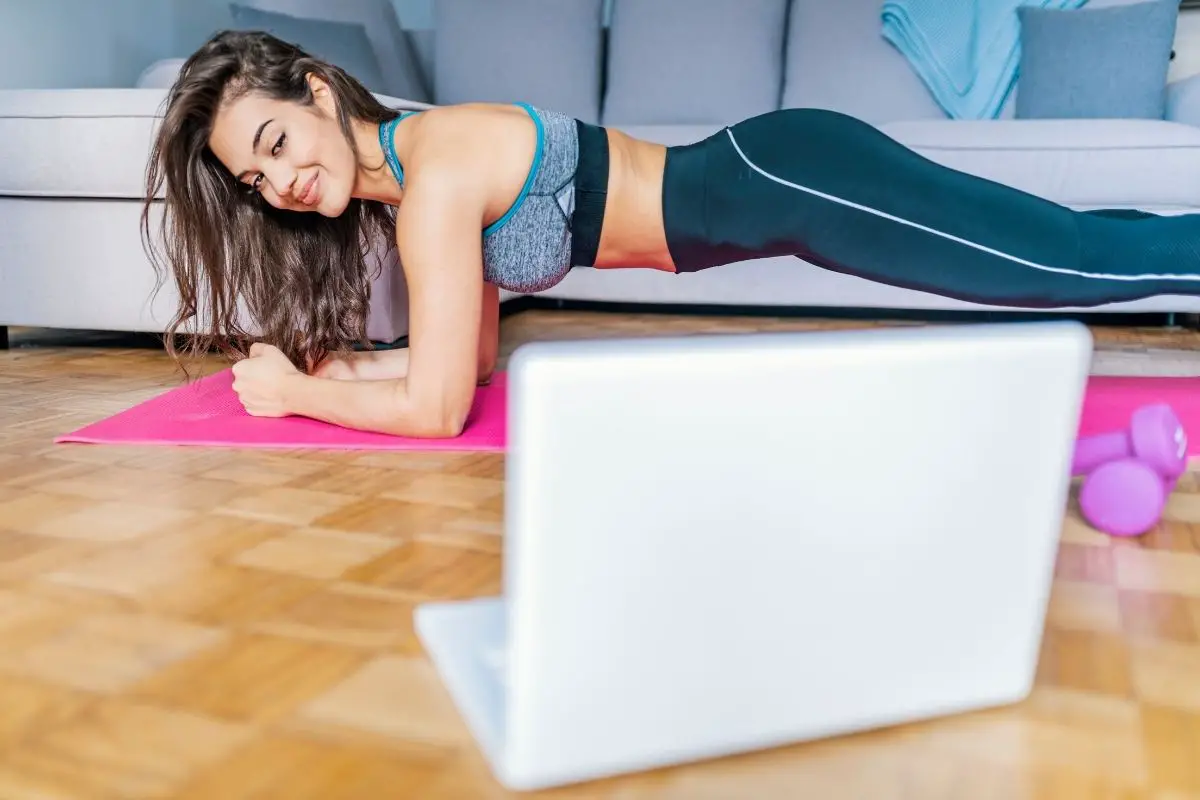
If you want to narrow down the Pilates calorie burn value and make it more accurate, you’ll need to use your own body measurements. You can do this in a few ways, which we’ll cover below.
Heart Rate Monitors
One of the best ways of assessing calorie burn is through heart rate monitors. The body needs oxygen to burn calories, and oxygen is transported through the body by the heart.
This means that there is a connection between how hard the heart is pumping and the body’s oxygen demand for calorie burning.
You can find heart rate monitors that can predict calorie burn by using your BMR and average heart rate.
Higher-quality monitors can also account for more personal data elements, like sex and weight.
Heart Rate Calculator
You can also use an online heart rate calculator to estimate calorie burn. Exercise monitors will begin to predict calorie burn more accurately while technology advances.
However, at present, they cannot examine exercises that involve several planes of motion.
Perceived Exertion
RPE (rating of perceived exertion) is a scale that is subjective to tiredness, sweat, and breathing rate.
The scale starts at 6, which is no exertion, and ends at 20, which is the maximum effort intensity possible.
You can assess your RPE yourself while you work out. If the workout is easy, your RPE will be around 11. If it is particularly hard, like during HIIT, you’ll be around 18 or 19.
Keep assessing your RPE during your Pilates class to estimate how much effort you’re putting into the exercise.
This can help you guess whether you’re burning more or fewer calories in the session.
Losing Weight With Pilates
If you’re concerned about the calories burned during Pilates for weight-loss reasons, remember that you’ll need to burn 3500 calories more than you consume to lose a pound.
You can do this by increasing your activity level and reducing the amount of food that you eat.
Pilates might not burn as many calories as cardio, but as a form of resistance training, it does have a place in a weight loss plan.
You can also prioritize certain Pilates movements that burn more calories over others. These include:
Pilates Swimming
This movement works your core, arms, and legs. Begin by lying on your front with your arms raised, keeping your form in a straight line.
Raise your arms and knees off of the floor, then flutter kick your legs as though you were swimming. Move your arms simultaneously as you do so.
Plank Jack
Planks are already a challenging exercise, but you can burn more calories by adding jacks to the movement.
Start in a plank position, then jump your feet sideways, leaving your hands on the floor. Complete the movement by returning to the starting plank position.
Pilates Hundred
Start by lying on your back, keeping your arms by your sides. Raise your legs to a 45-degree angle or in a table-top post.
Lift your arms off of the floor and extend your fingertips further ahead. Lift your shoulders, neck, and head off of the ground.
Move your arms up and down in a pumping motion, breathing in for five pumps, then out for five.
Hold the position for around ten breaths, or 100 pumps, whichever is easier to track.
The Bottom Line
It’s hard to work out an exact calorie burn value during Pilates, as the number varies on so many different factors, including weight, sex, age, and body fat percentage.
Calculators, heart rate monitors, and RPE can all estimate this, but remember that this value won’t be accurate.
If you are interested in weight loss, it’s best to use the figure as a guide on your fitness journey, not as factual data.
Pilates can help you become more flexible and stronger, sculpting your figure in the process.
It might not burn as many calories as cardio, but you’ll see a difference after adding Pilates into your workout regimen.
